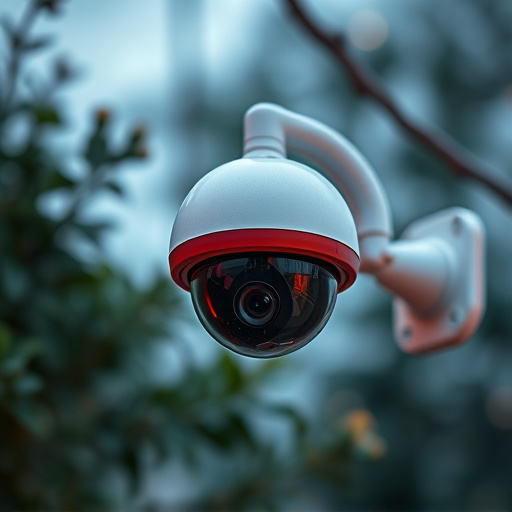Understanding your dummy camera's power needs is crucial for effective positioning as outlined in the Fake Surveillance Camera Positioning Guide. Choose between battery-powered (for temporary or indoor) and wired (for outdoor or permanent) options based on factors like battery life, weatherproofing, and synchronization. Wireless cameras offer flexibility but may face interference, while wired cameras ensure stable performance but require a more complex installation. Implement creative power solutions like wireless charging pads or solar-powered units for discreet and eco-friendly surveillance, enhancing both realism and security strategy effectiveness.
Discover the power options behind dummy security cameras—a crucial aspect of effective surveillance. This guide explores the diverse power connections, from wireless convenience to wired reliability, detailing their pros and cons for optimal placement. Learn creative solutions for discreet installations, ensuring your fake surveillance camera blend seamlessly into any environment. Follow this comprehensive Fake Surveillance Camera Positioning Guide to make informed decisions for enhanced security without compromising aesthetics.
- Understanding Dummy Camera Power Requirements
- Wireless vs Wired Power Connections: Pros and Cons
- Creative Power Solutions for Discreet Installations
Understanding Dummy Camera Power Requirements
Understanding your dummy camera’s power requirements is a crucial step in the Fake Surveillance Camera Positioning Guide. Unlike real security cameras, these fake models don’t need to be hardwired into your home’s electrical system for power; they operate on battery or are equipped with hidden cables designed to mimic an active feed. Battery-powered options offer flexibility and ease of installation, ideal for temporary measures or indoor placements. However, they require regular replacements to ensure continuous monitoring.
For outdoor applications or areas where easy access isn’t feasible, consider models with concealed wiring. These options provide a more permanent solution while still maintaining the realism of an active security system. When selecting your dummy camera, keep in mind factors like battery life, weatherproofing, and synchronization capabilities to match your desired positioning strategy and overall surveillance needs.
Wireless vs Wired Power Connections: Pros and Cons
When considering a dummy security camera, one of the primary decisions involves power connections: wireless or wired? Wireless cameras offer convenience and flexibility, allowing for easy placement without the need for complex wiring. This is particularly advantageous when mounting in hard-to-reach areas or during temporary setups, aligning perfectly with the versatile nature of a Fake Surveillance Camera Positioning Guide. However, wireless systems may be susceptible to interference from nearby devices and can sometimes experience signal drops, affecting video quality.
In contrast, wired cameras provide stable power supply and consistent performance. They eliminate concerns about battery life or network connectivity issues, ensuring your surveillance system operates reliably. This makes them ideal for permanent installations where a reliable and uninterrupted feed is crucial. Yet, the installation process involves running cables, which can be more complex and time-consuming than wireless setups, potentially limiting their appeal to those seeking a quick and discreet solution suggested by a Fake Surveillance Camera Positioning Guide.
Creative Power Solutions for Discreet Installations
When it comes to discreetly installing security cameras, power options can be as creative and innovative as the camera positioning itself. In scenarios where a visible power source might draw unwanted attention, consider employing wireless power solutions or solar-powered units. These options allow for a more aesthetically pleasing setup, aligning seamlessly with the Fake Surveillance Camera Positioning Guide’s emphasis on realism.
Wireless charging pads can be strategically placed under or near fake cameras, providing power without compromising the camera’s visual authenticity. Similarly, solar-powered cameras leverage natural light, making them ideal for outdoor installations where direct sunlight is abundant. This not only ensures a steady power supply but also adds an eco-friendly twist to your security setup, enhancing the overall realism and effectiveness of your surveillance strategy.
When it comes to dummy security camera power options, understanding your camera’s requirements and choosing the right power connection is key. Whether you opt for wireless or wired solutions, each has its advantages and disadvantages, as outlined in this guide. For discreet installations, exploring creative power solutions can help you achieve a seamless Fake Surveillance Camera Positioning without compromising on functionality. By considering these options, you’ll be well-equipped to enhance your home or business security with the ultimate stealth surveillance setup.
